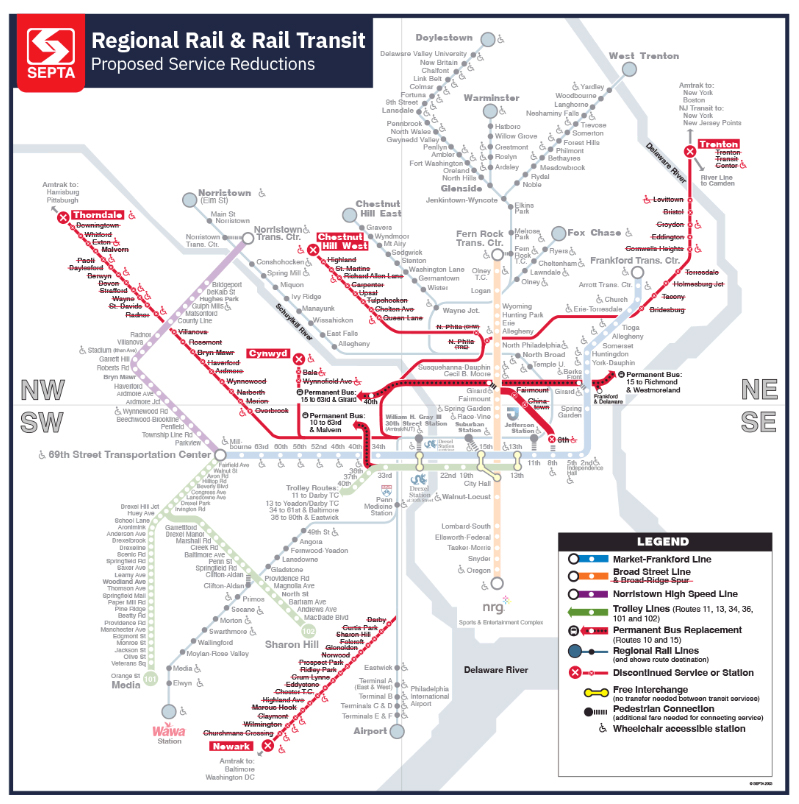
PHILADELPHIA — With action to address its funding crisis still stalled, the Southeastern Pennsylvania Transportation Authority on Sunday (Aug. 24) began enacting a 20% service reduction including the elimination of 32 bus lines and reductions to rail service and other bus routes.
The cuts begin as Philadelphia schools, which rely on public transportation for both students and staff, reopen today.
Service was cut Sunday on four Metro rail lines, the L, B, T, and G, while the D line saw cuts begin today. Along with the 32 bus routes eliminated Sunday or today, 16 will be shortened and 88 will see reduced service. Still to come: A 21.5% fare increase on Sept. 1 and reductions to Regional Rail service frequencies on Sept. 2. More details are available here.
SEPTA General Manager Scott Sauer, in an interview today on WTXK-TV, said commuters have been telling him they “are frustrated with us because we’ve reached this position, and frustrated with the process.” He said the agency was able to handle Sunday’s events including a Philadelphia Phillies game that was the first since elimination of express sports-event service, but today’s the real test. Today’s the first test, kids going back to school and our normal Monday morning commuters, so we’re anxious to see how things go this morning.”
City officials have previously said they will monitor traffic and be prepared to adjust signal times and take other measures to address any issues that may arise from more commuting by private vehicle [see “Philadelphia makes plans …,” Trains.com, Aug. 21, 2025]. The city also has a page on its website addressing the situation, which it plans to update as new information becomes available.
Andrew Busch, SEPTA’s communications director, said in an interview this morning on KYW-TV that the agency estimates service could be restored in seven to 10 days if the state provides funding to close the $213 million deficit, but also cautioned that some impacts will take longer to address: “One thing that’s important to keep in mind is that another step we’re taking is an expanded hiring freeze,” Busch said. “… That will start to impact our ability to get sufficient service back, because we’ll get short on personnel pretty quickly.”
The School Board of Philadelphia posted a message on its website reminding students and employees of the cuts, with links to SEPTA information including a 14-page document listing school-by-school impacts of routes that have been eliminating and remaining service that can be used as an alternative.
“We understand that these service cuts may present a hardship to School District of Philadelphia staff and families,” wrote Oz Hill, the district’s deputy superintendent of operations. “Thousands of students and hundreds of employees ride SEPTA to school and work every day. As a District, we are hoping that SEPTA receives adequate funding to restore full service. And we hope the above information will be helpful as you make alternative travel plans in preparation for the first day of school on August 25th.”
The Pennsylvania legislature is now nearly two months late in passing a state budget; according to the General Assembly website, the Senate is not currently scheduled to reconvene until Sept. 8 and the House on Sept. 22. Some committee meetings are continuing, but no progress has been reported in negotiations to break the current deadlock over transit funding. The Senate has passed a bill that would provide $292 million statewide for transit, drawing most of those funds from a transit capital funds account; the House had previously passed a bill for the same amount, but using sales tax for funding.






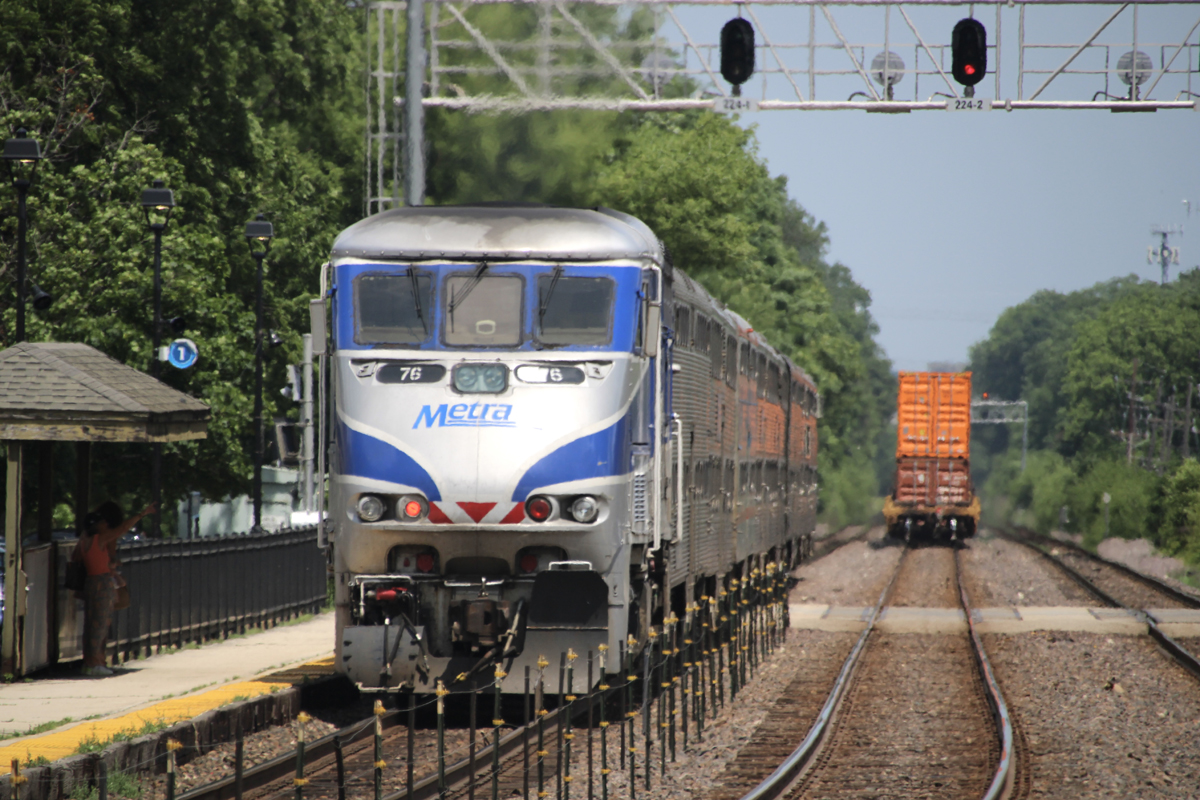
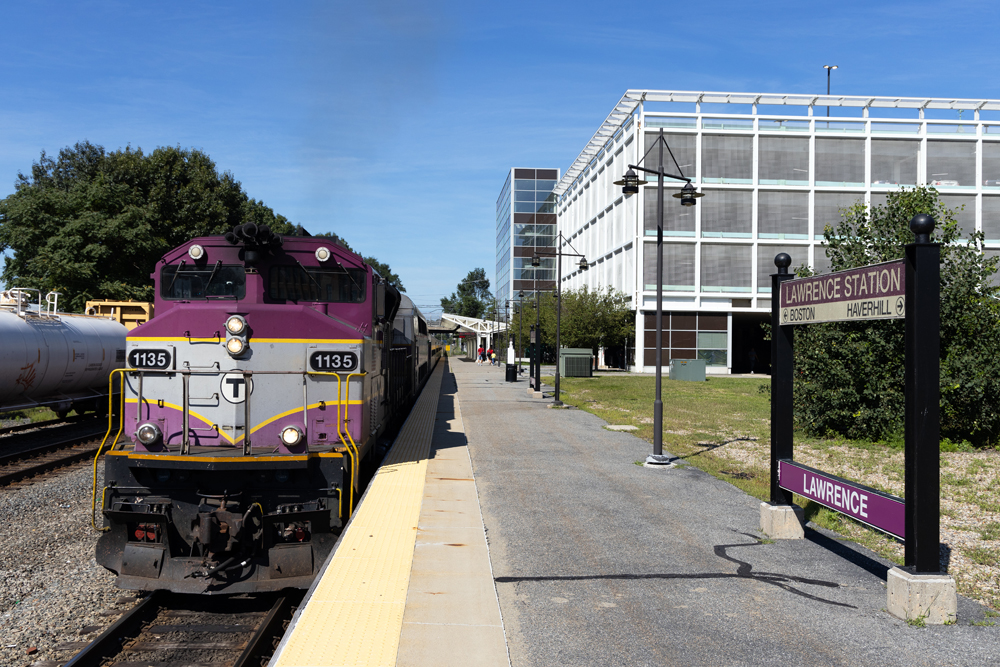

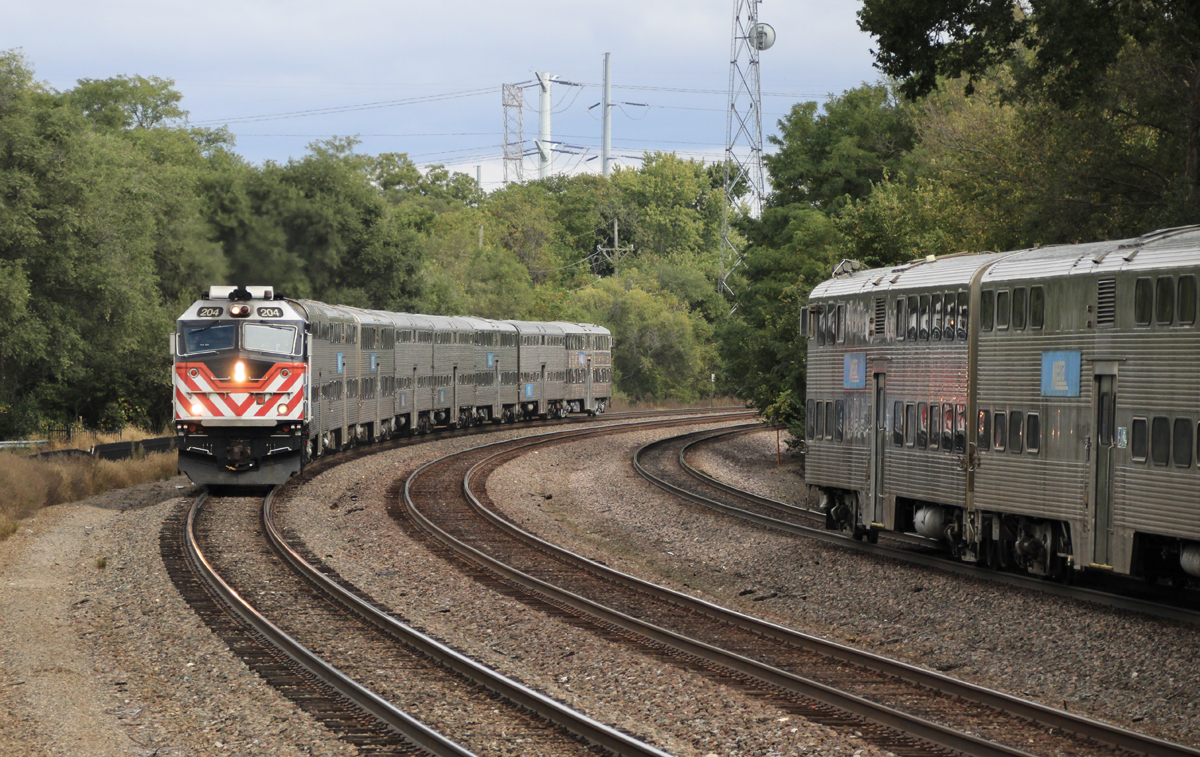
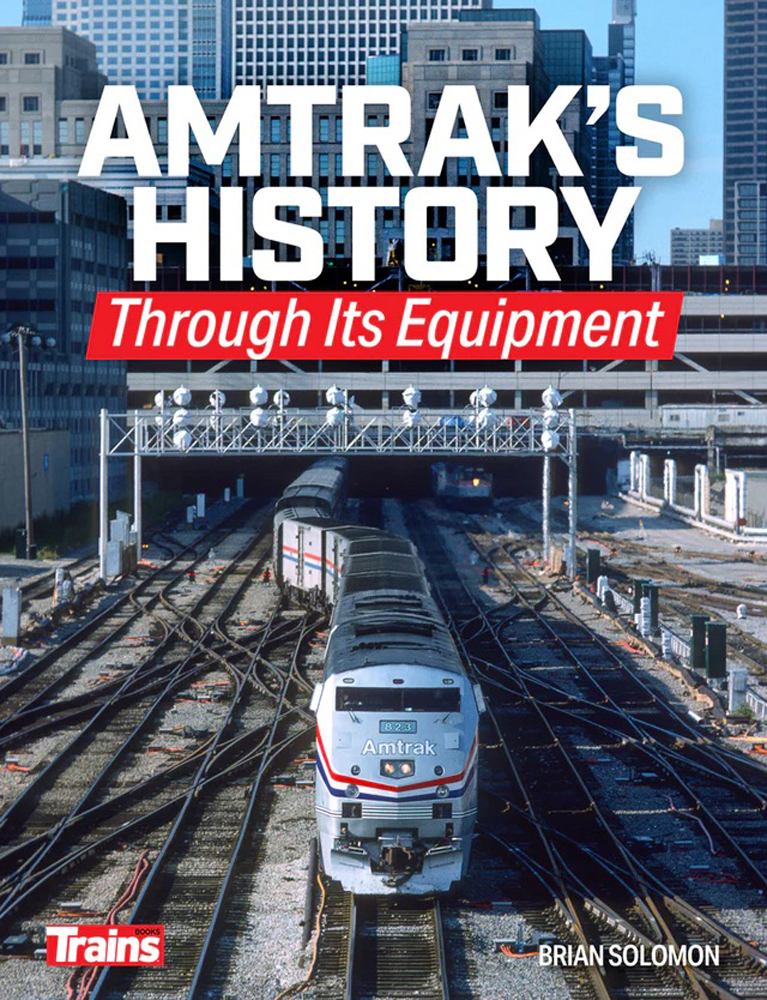



At this late removed date one thinks about all of the “railroad crying wolf” criticisms of PRR/PC and RDG in years past with their huge commuter deficits, but the service was pretty good. I do not think gov’t agencies are much capable of addressing the huge costs involved with these services unless something such as the demise that precipitated Conrail happens to rail transit. Seems to be brewing. I’d hate to be on the Schuylkill Xpressway meantime.
It makes sense that most of the rail commuter runs being cut will be off-peak and on weekends. Any rail cuts occurring during commuter hours are probably a political move by SEPTA to pressure Harrisburg.
There is no sinking fund as that concept has been replaced by capital budgets of which Septa and all entities governments or businesses have one.
The public transportation doom loop won’t end with SEPTA.
This is about the fifth SEPTA article in the past weeks. What I notice is that SEPTA’s doom loop is all about operating subsidies. Imagine if capital recovery were figured into the numbers, or depreciation. How much does the New York City subway depreciate each day? Or the Boston subway.
I got my lesson in transit economics one day from my late brother. Good guy, turned me into a railfan. He showed me the rebuilding of the Quincy Adams station on the MBTA Red Line, near his home. It was forty years old at the time. How many subway stations in New York City are more than twice that age, maybe three times that age.
Where is the sinking fund for depreciation of those assets? Answer: There isn’t any.